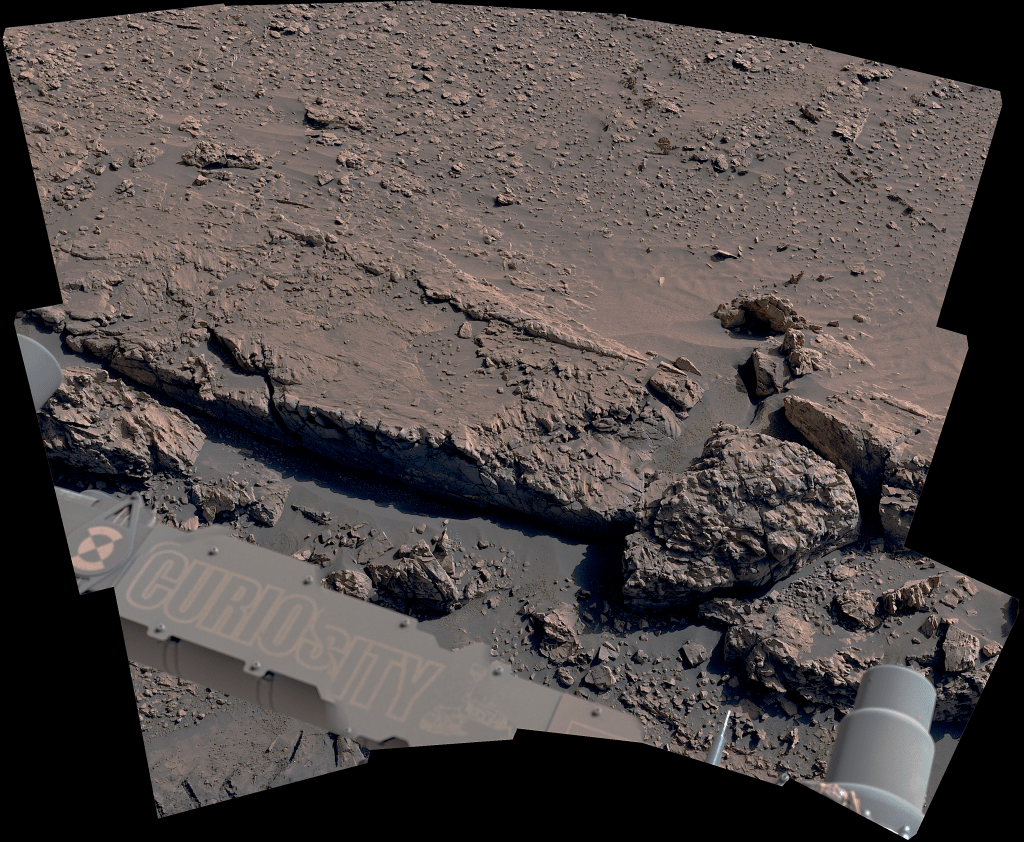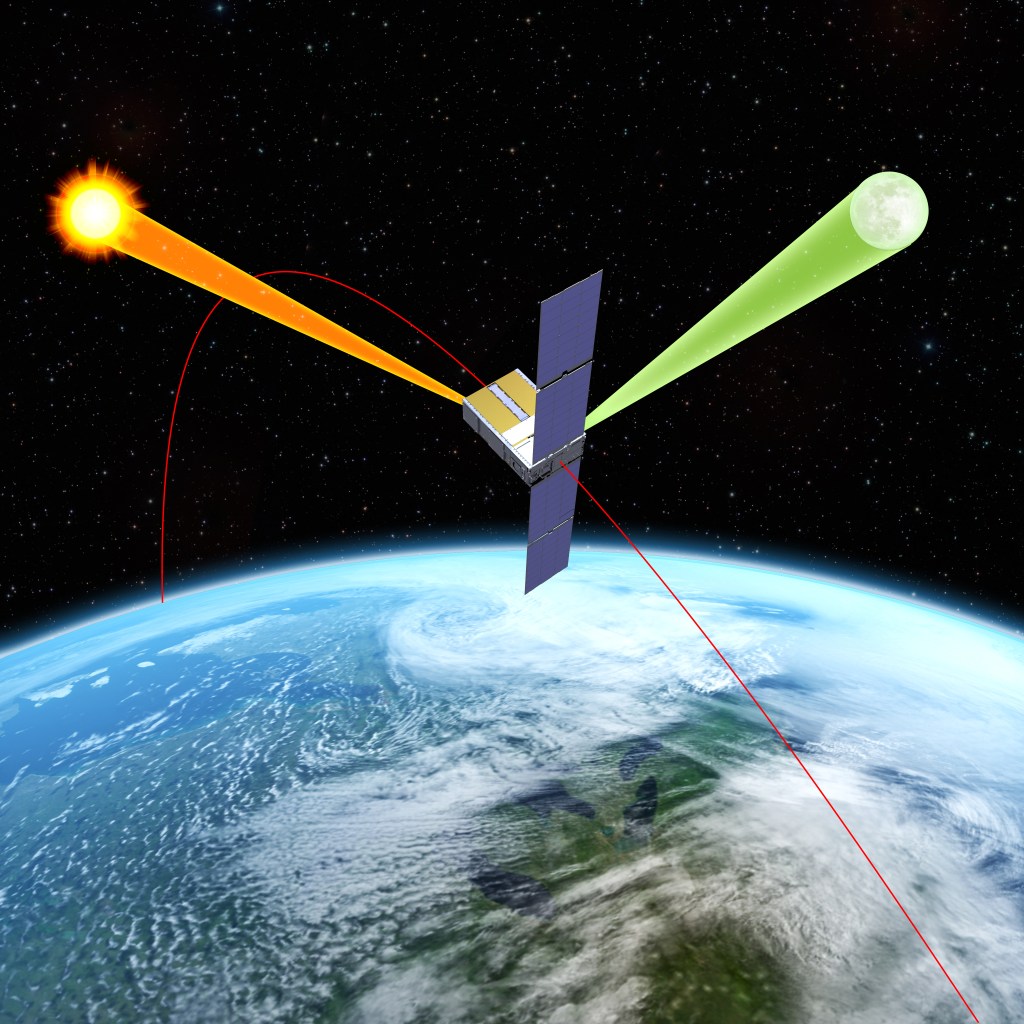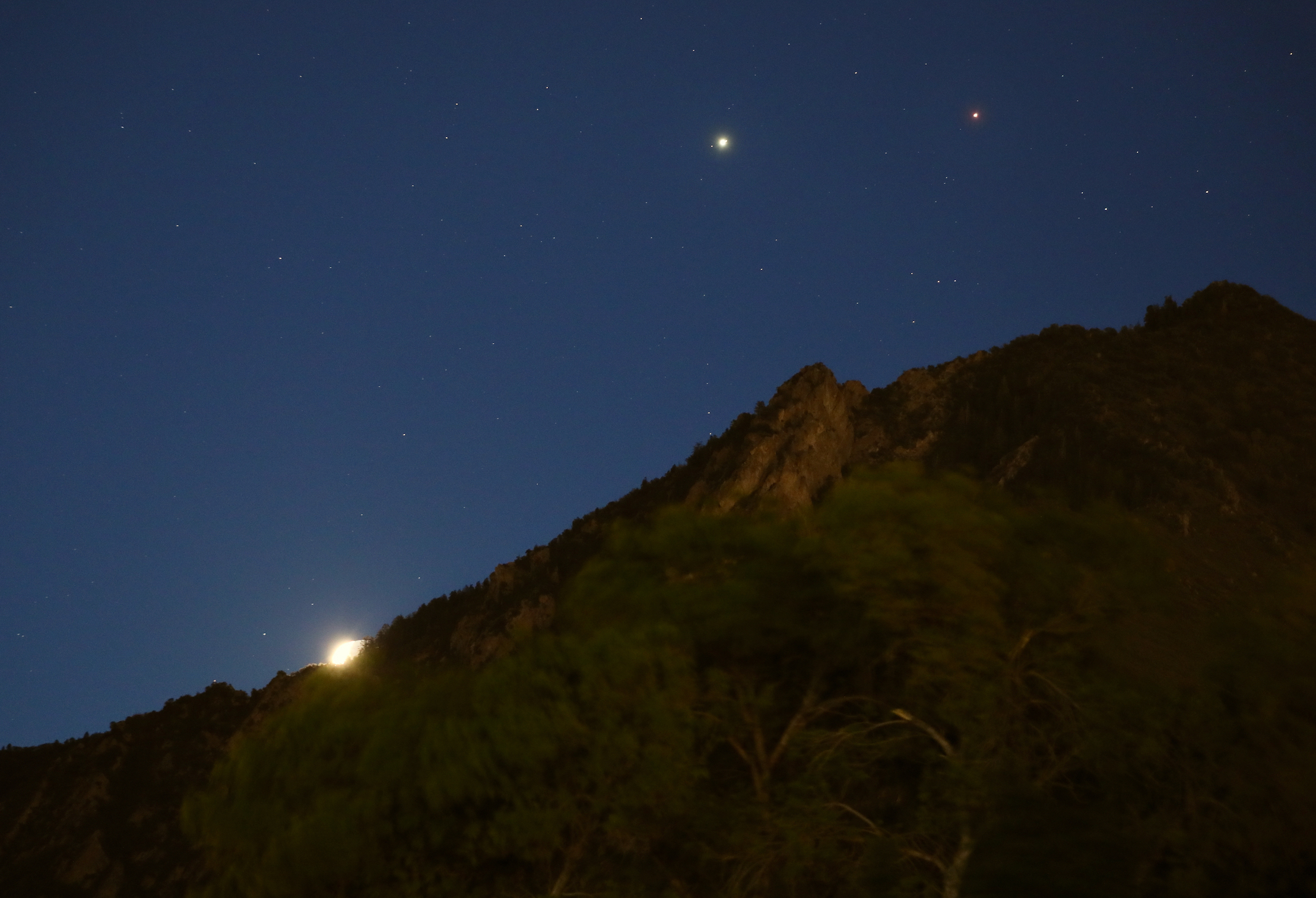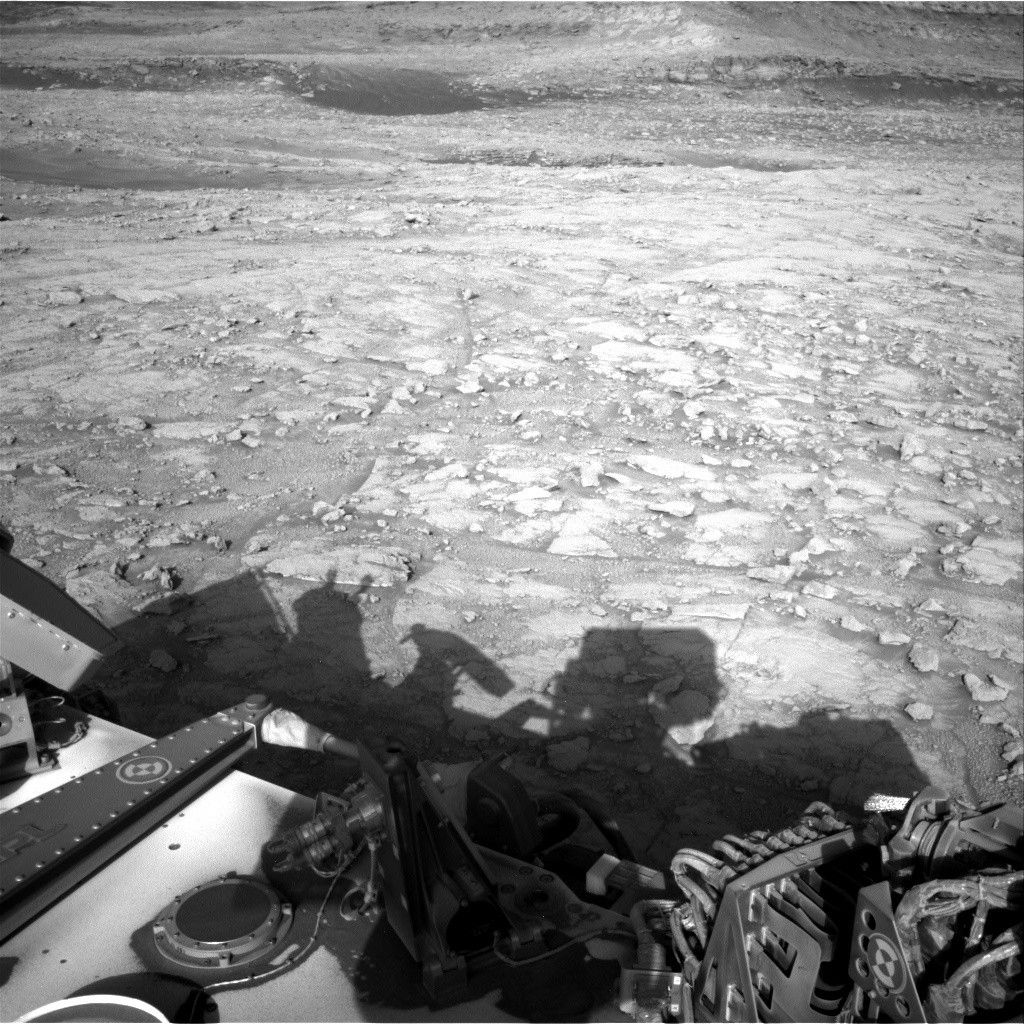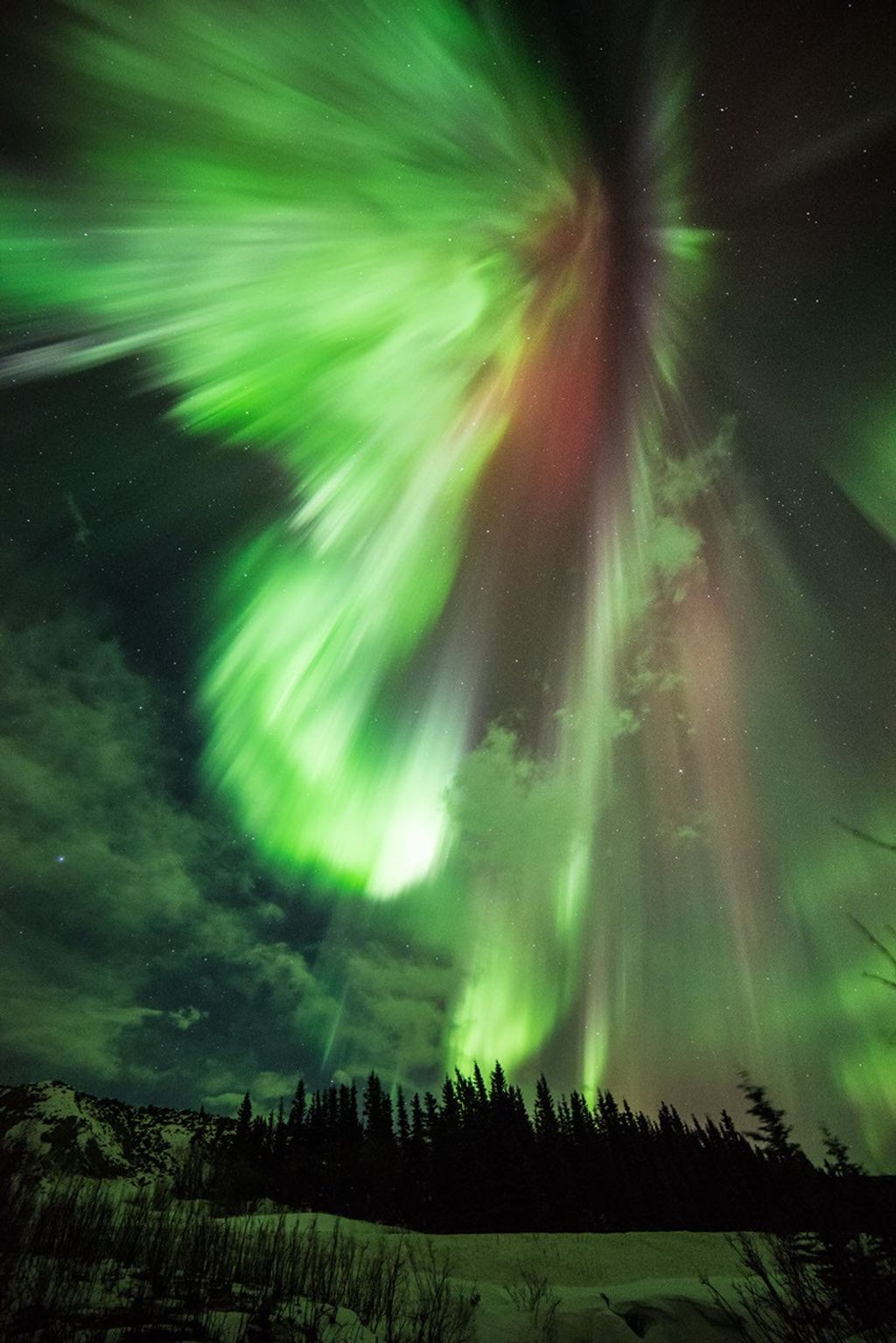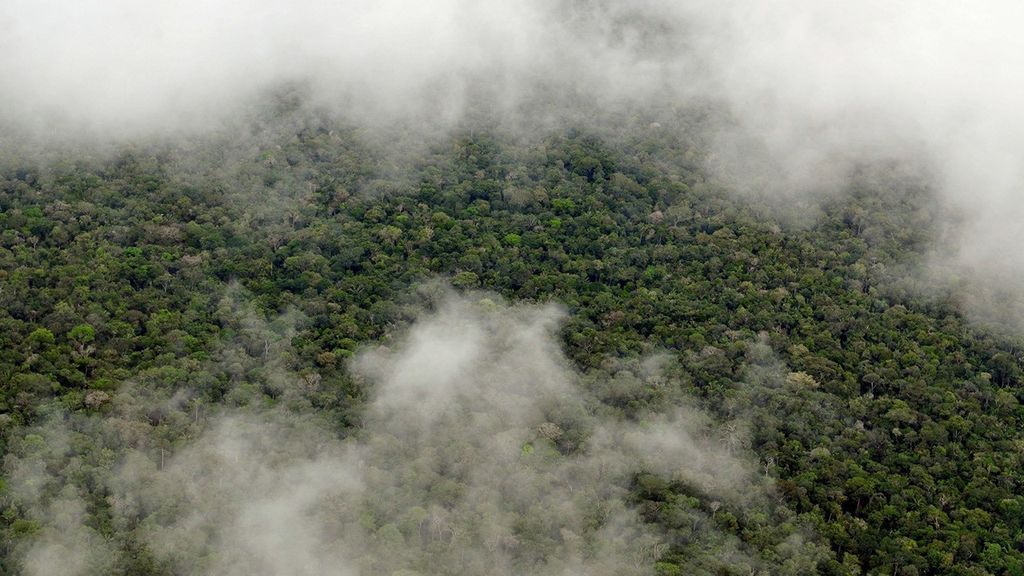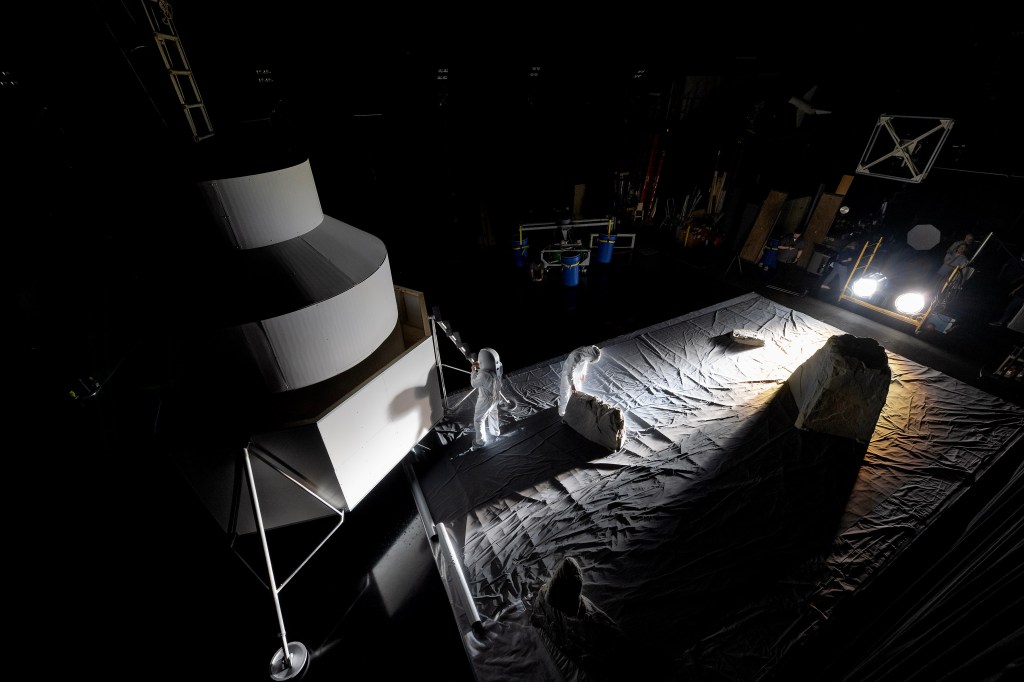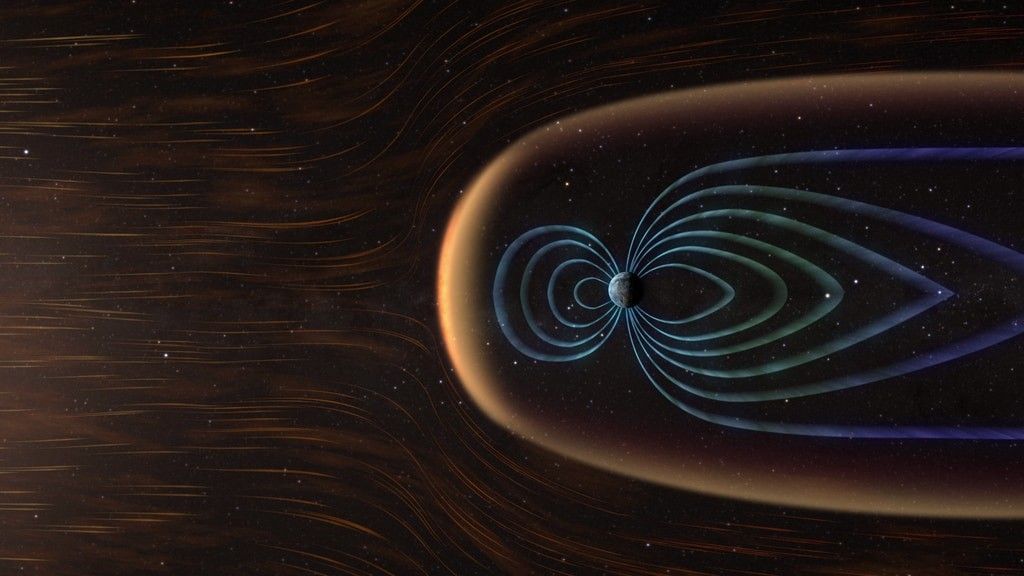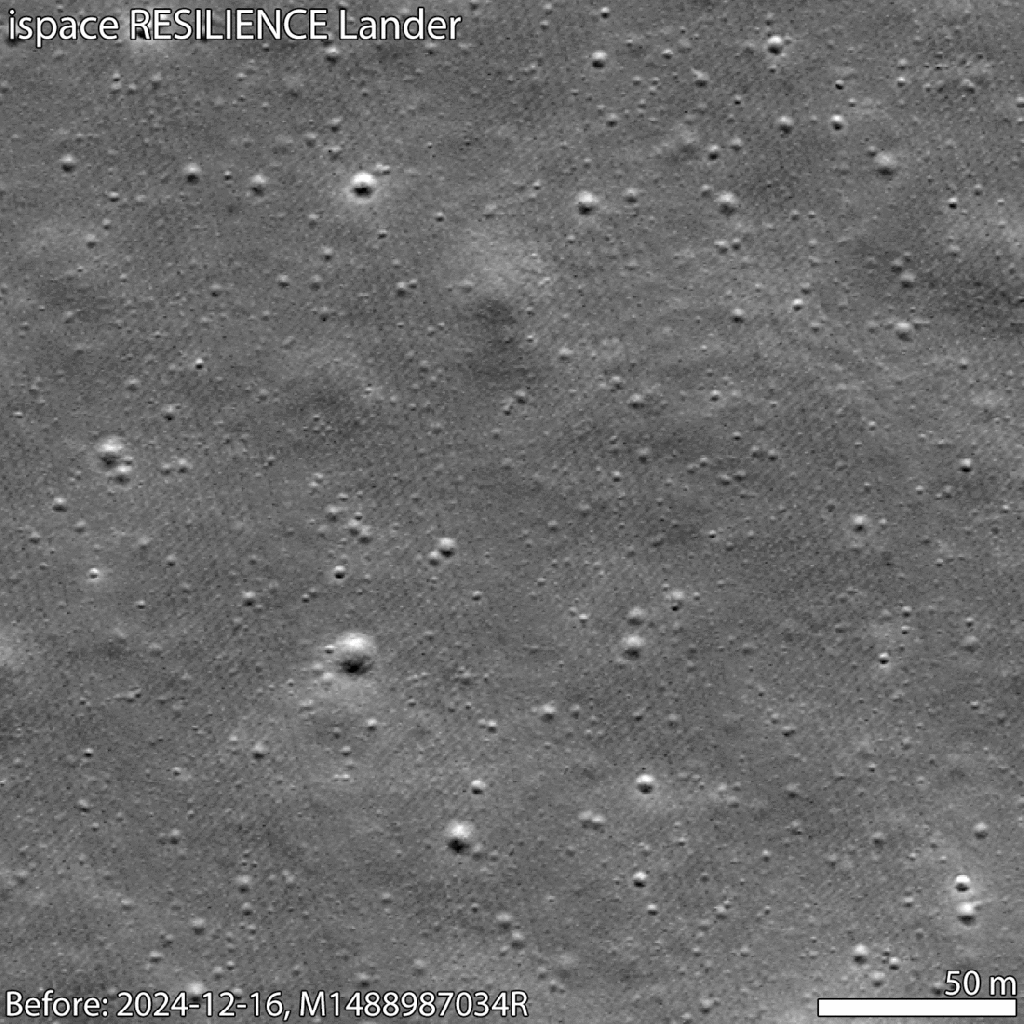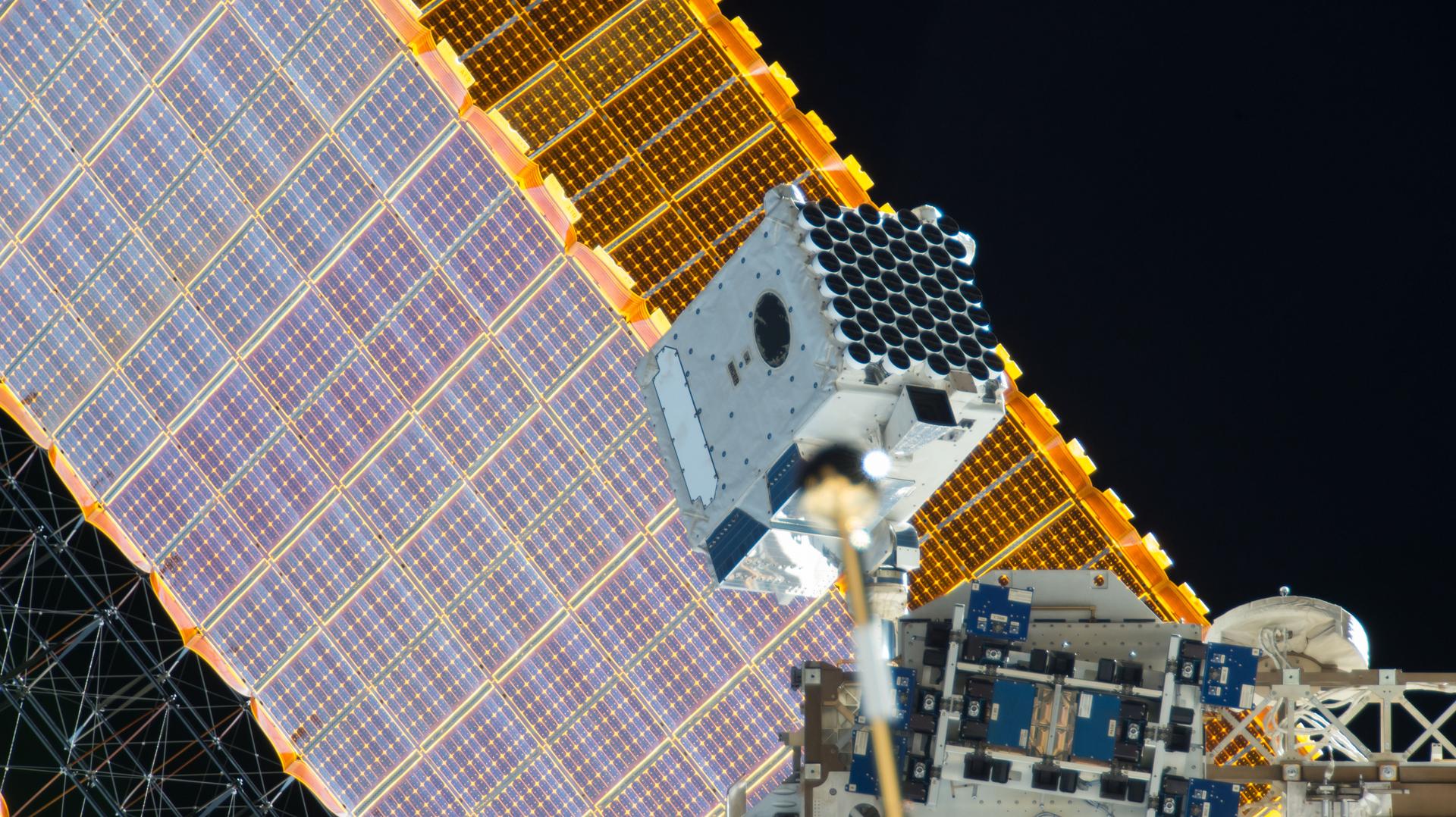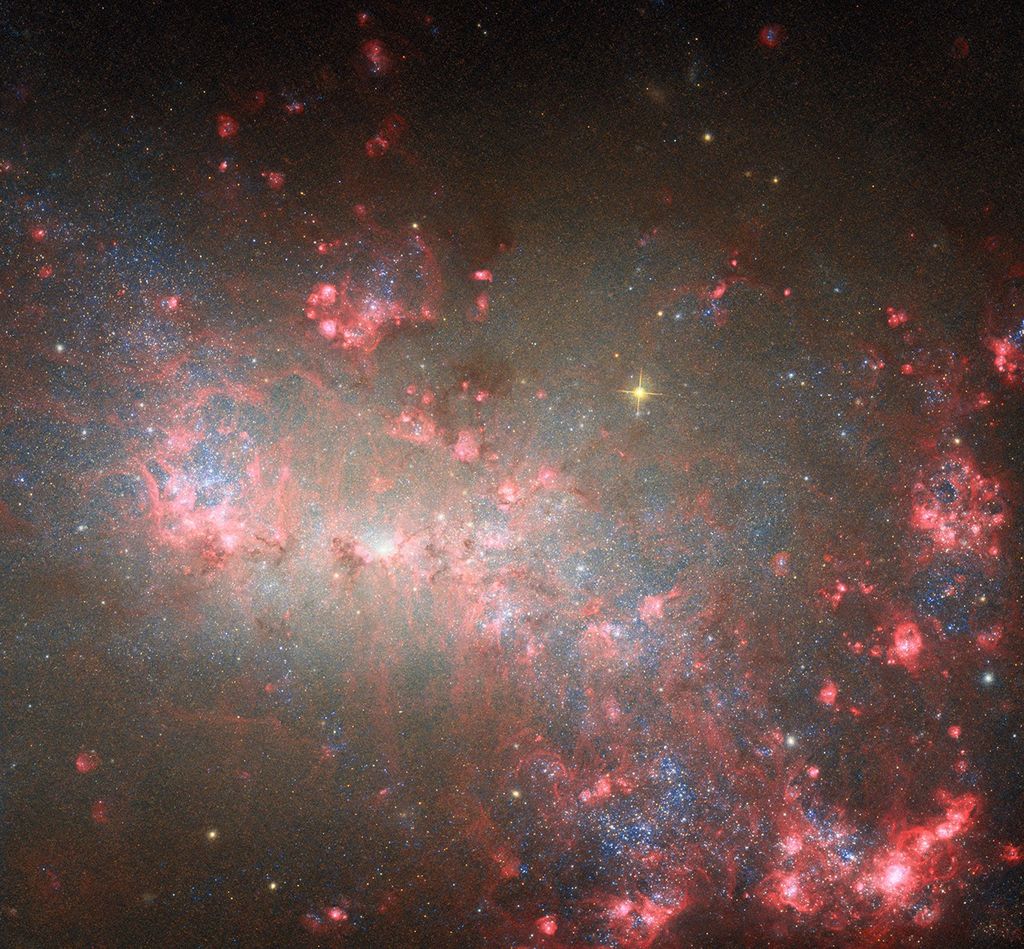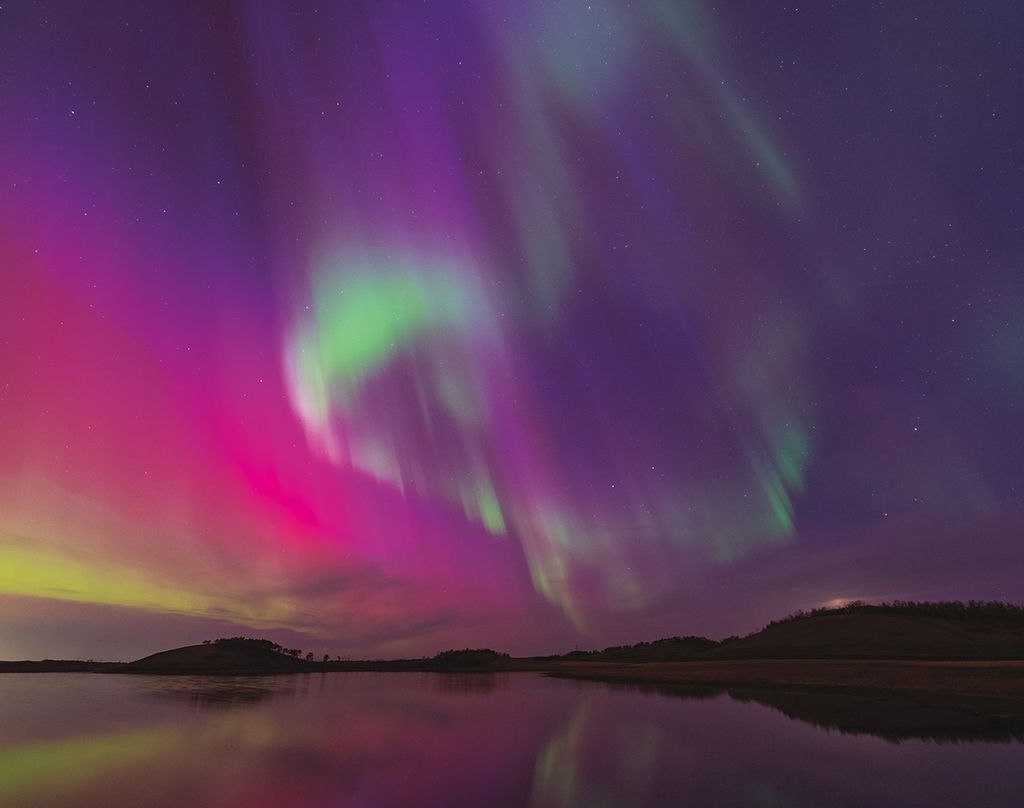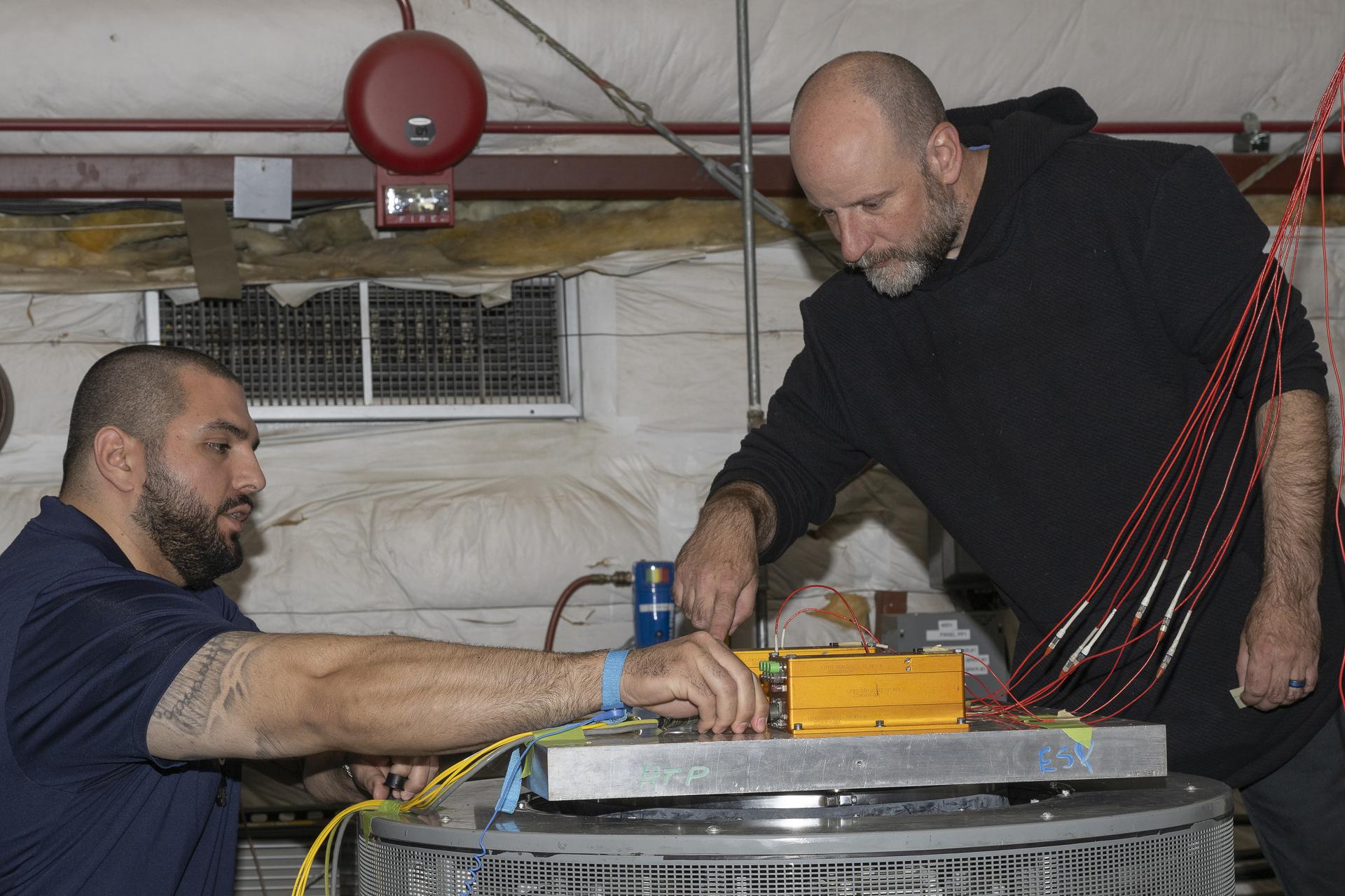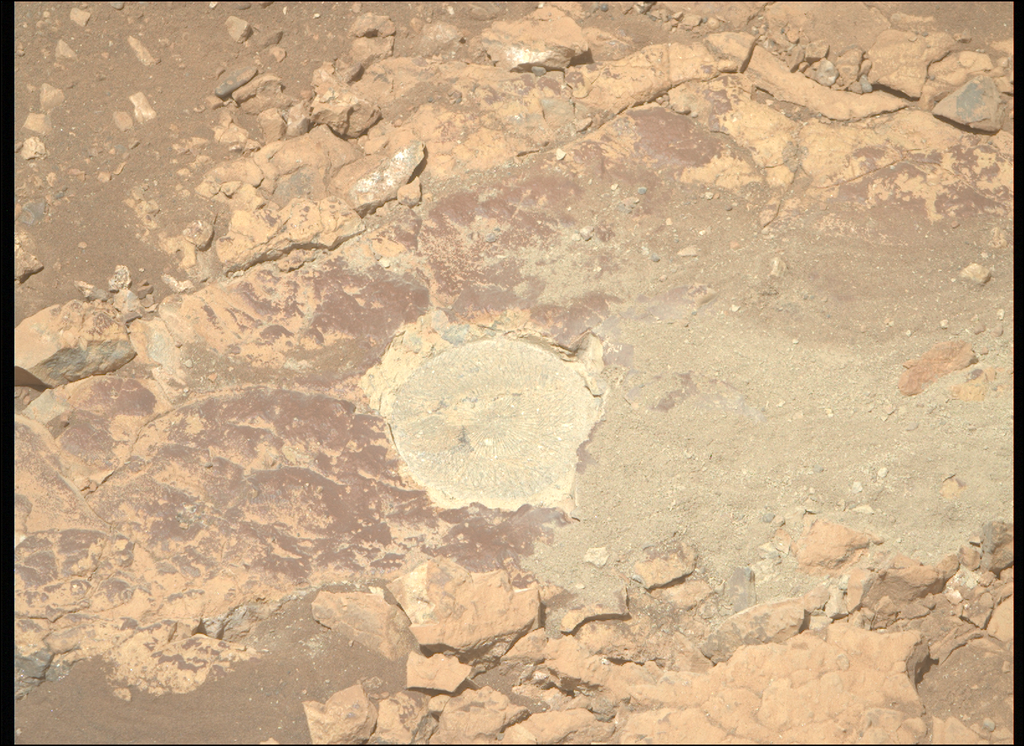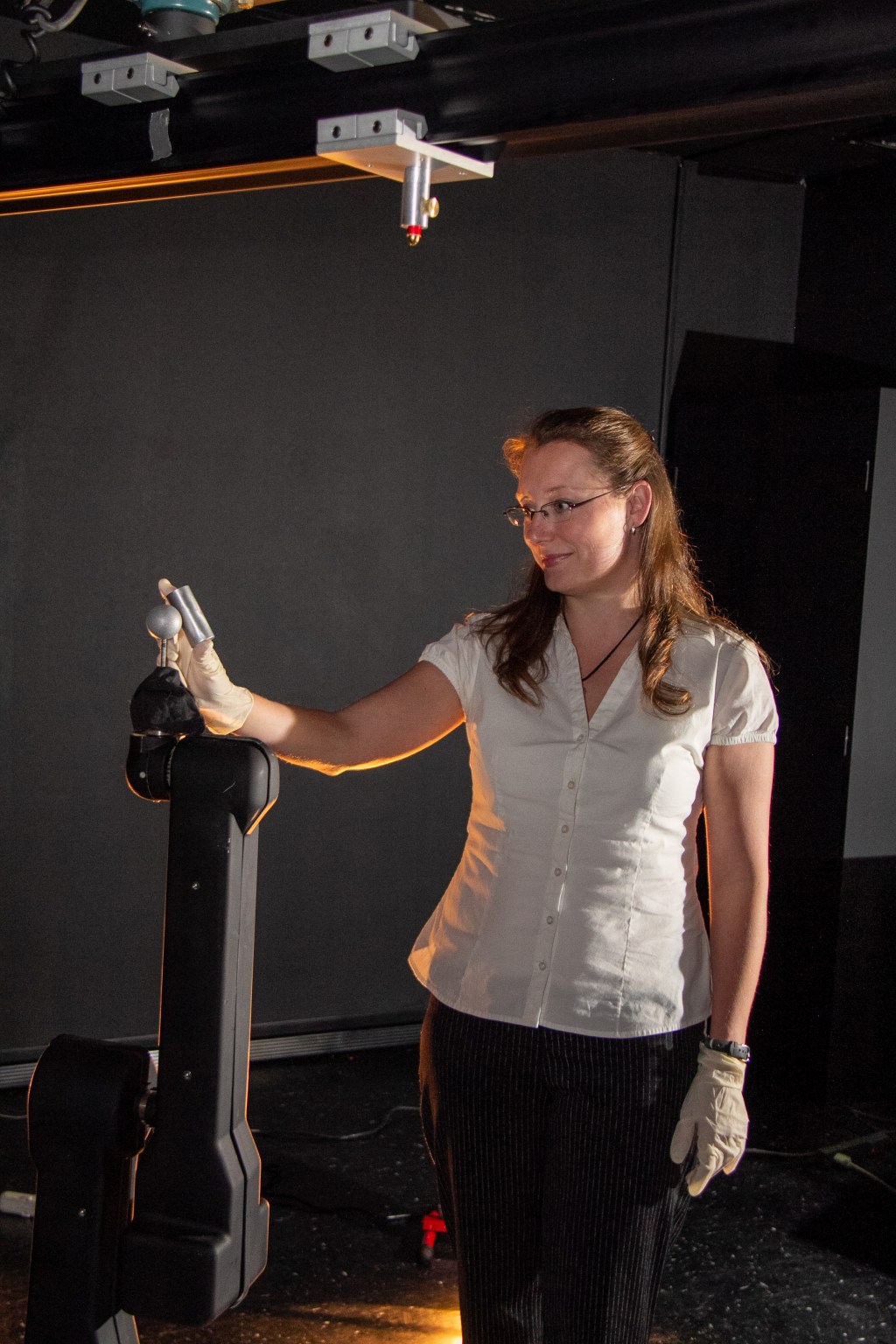1 min read
Supernova 1987A

A NASA Hubble Space Telescope image of a gaseous ring surrounding the supernova 1987A, which exploded on February 23, 1987 in the Large Magellanic Cloud, an irregular satellite galaxy of the Milky Way.
In this image, taken with the European Space Agency's Faint Object Camera (FOC), HST's 0.07 are second resolution reveals clumpy structure in the ring which indicates that the material is not uniformly distributed.
The ring is a relic of the stellar explosion that was ejected by the progenitor star several thousand years before the supernova explosion. The ring is a real equatorial structure in the fossil stellar envelope. The ring glows because it was heated to more than 20,000 degrees by radiation from the supernova blast.
Because the ring is inclined approximately 43 degrees along the line-of-sight, light emitted from the far edge of the ring arrived at Earth nearly one year after light arrived from forward edge of ring. This delay time allows for an extremely accurate estimate of the ring's physical diameter, which 1.37 light- years. (This estimate is based upon a detailed analysis data collected data over a three year period by NASA/ESA's International Ultraviolet Explorer saetllite).
By comparing the ring's physical diameter with the ring's angular diameter of 1.66 arc seconds - as measured quite accurately from the FOC image - astronomers have calculated the distance to the Large Magellanic Cloud with unprecedented accuracy, of 169,000 light-years (to within 5%).
This false-color image was obtained in the light of doubly ionized oxygen, and then computer reconstructed to bring out additional detail.
This photograph was presented to the American Astronomical Society meeting in Philadelphia Pennsylvania on January 16, 1991.
About the Object
- R.A. PositionR.A. PositionRight ascension – analogous to longitude – is one component of an object's position.05h 35m 28.25s
- Dec. PositionDec. PositionDeclination – analogous to latitude – is one component of an object's position.-69° 16' 13.0"
- Object NameObject NameA name or catalog number that astronomers use to identify an astronomical object.SN 1987A
- Release DateJanuary 16, 1991
- Science ReleaseNASA’s Hubble Space Telescope Establishes Accurate New Distance Measurement To Neighboring Galaxy
- Credit
Share
Details
Last Updated
Mar 28, 2025
Contact
Media
Claire Andreoli
NASA’s Goddard Space Flight Center
Greenbelt, Maryland
claire.andreoli@nasa.gov

